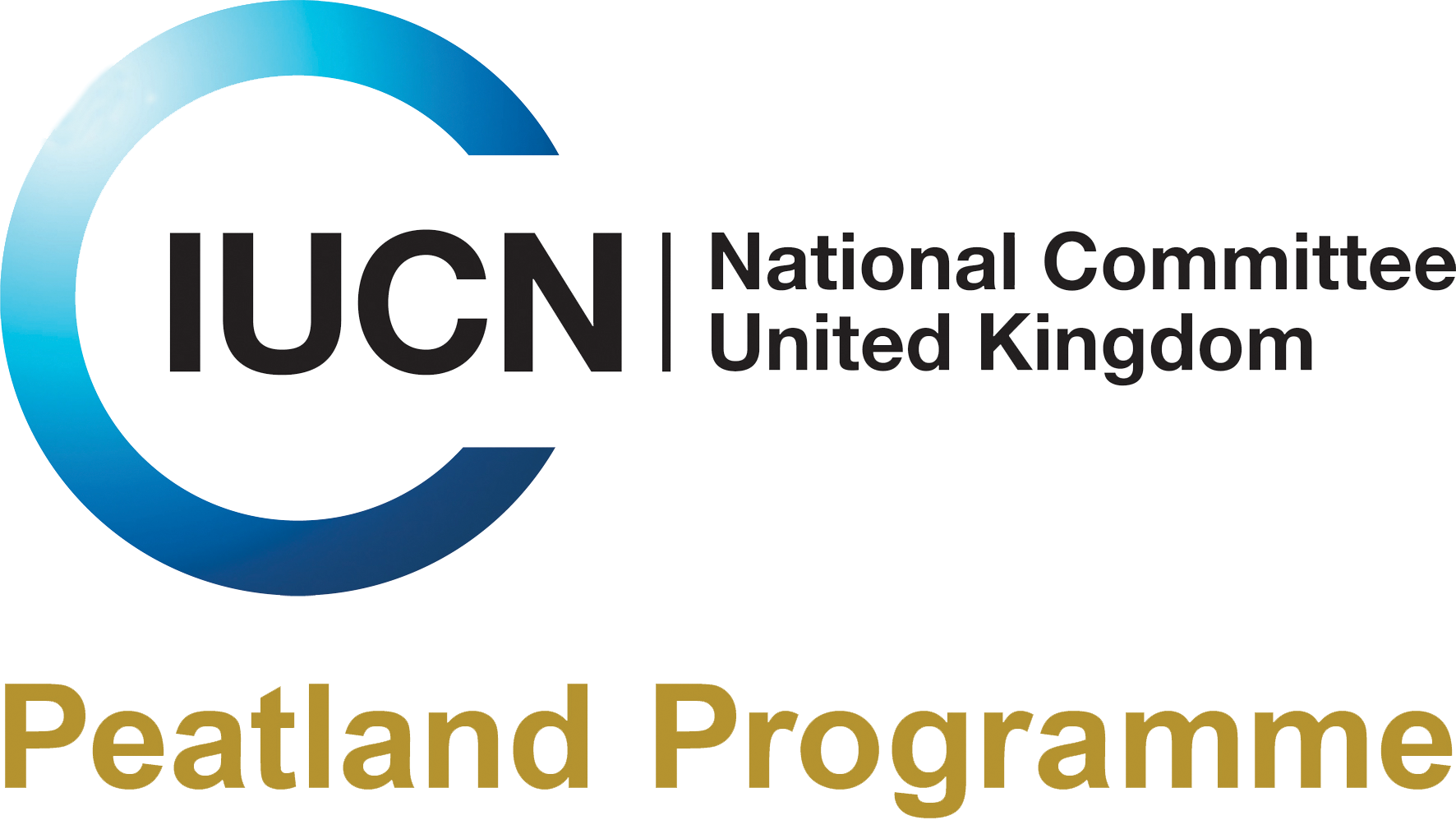Search
Search
Peatland Restoration
Budget announcements for UK peatland restoration
Peatlands received a welcome funding boost in the UK Budget 2020.
Evaluating the socio-economic benefits of peatland restoration
User Guide for practitioners interested in evaluating the socio-economic benefits of peatland restoration.
Dorset peatland restoration
The Dorset Peat Partnership completed the first of their sixteen peatland restoration sites in February.
Peatland ACTION Fund Now Open for peatland restoration projects in Scotland
The Scottish Government announces Peatland ACTION funding for 2022 - 2023 is now open for applications.
Ugie Peatland Partnership welcomes restoration of local bog
Bog restoration works are expected to benefit local water quality and nature, as well as contribute to meeting our climate change targets. Members of the Ugie Peatland Partnership (UPP), who aim…
ScottishPower Renewables winter 2021 peatland restoration activity
ScottishPower Renewables (SPR) have completed 1267ha of deforested bog restoration using their “ground smoothing” technique, and 535ha of drain damming using their “wave damming” peat dam…
Communicating Peatland Restoration
Natural Resources Wales co-ordinates 12 days of public and stakeholder outreach at the Royal Welsh Agricultural Show and the National Eisteddfod.
Wales’ first carbon-funded peatland restoration project is complete!
A peatland restoration project at Bwlch y Groes on the edge of the Snowdonia National Park is the the first of its kind in Wales to be completed with the benefit of carbon funding, following…
Natural Resources Wales announces new funding for peatland restoration
A new restoration fund, managed by Natural Resources Wales (NRW), was launched this week in an effort to help safeguard valuable peatlands.
Yorkshire Peat Partnership: Peatland Restoration Practitioner training course
Sign up to Peatland Restoration Practitioner training course with Yorkshire Peat Partnership.
